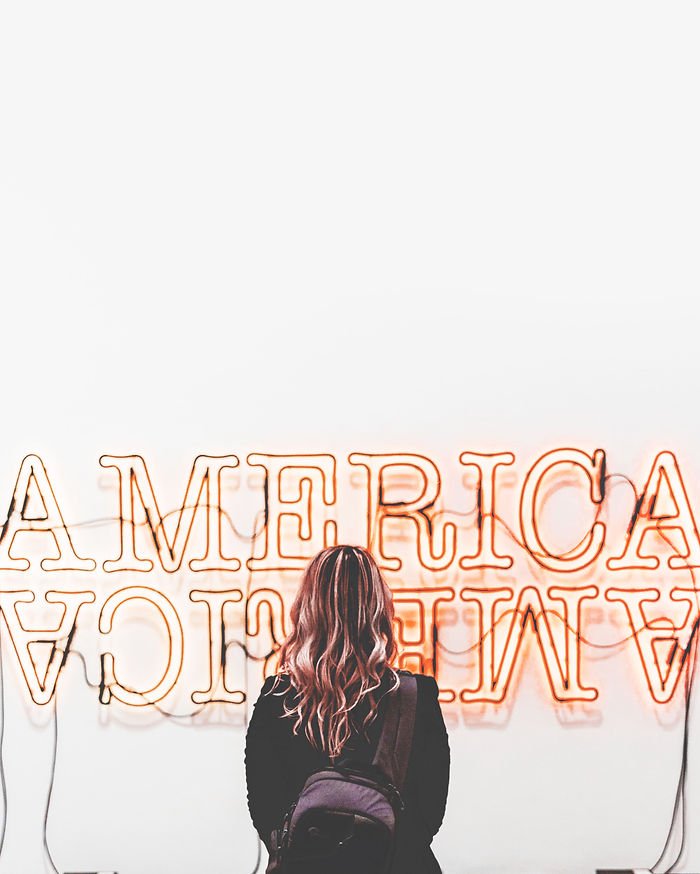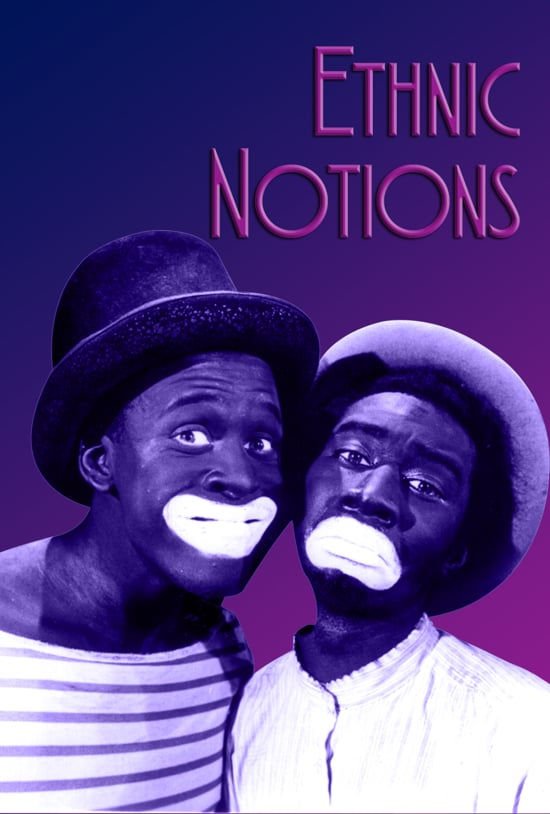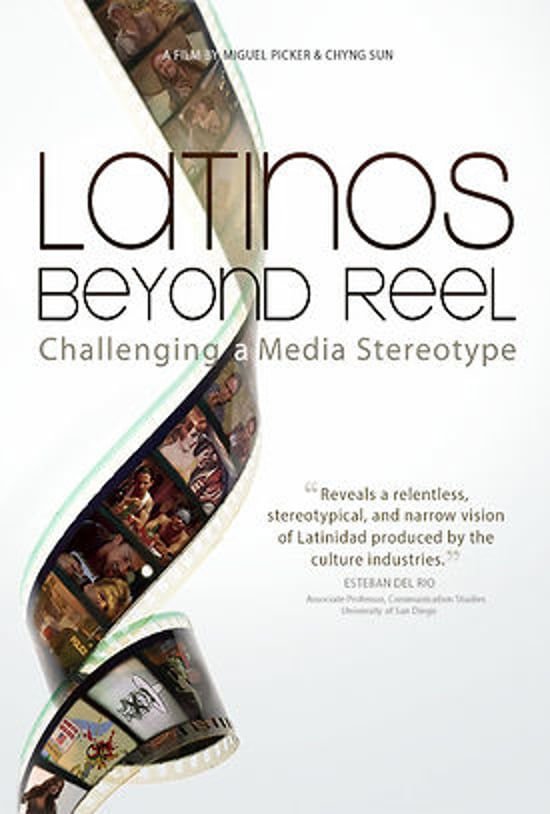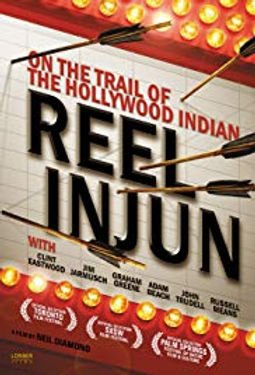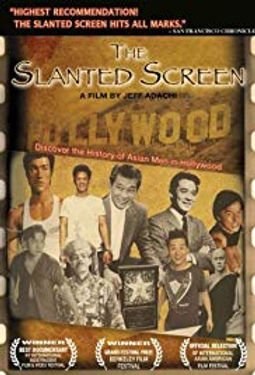Avoiding Stereotypes - Revisited
As the 2nd Anniversary of Writing Diversely approaches, I want to revisit the very first post I wrote, How to Write Characters of Color Without Using Stereotypes. When I started this blog (and still to this day) the top concern of authors I work with is is stereotypes and tropes. It's an important concern, stereotypes aren't just lazy writing (there isn't a person of color in the world simply bored of reading cliches), but they're also harmful one-dimensional images rooted in ignorance and bigotry.
That initial blog post has helpful tips that address avoiding physical description stereotypes. However, stereotypes are more than what someone looks like. Stereotypes are also present in how behavior, speech, dress...etc. of marginalized peoples are portrayed. When I sensitivity read my authors don't realize they're using stereotypes because, by in large, they aren't writing thugs or angry black women. Instead, they are relying on positive stereotypes, for example, the mammy or the strong black woman. Even though writers are getting better at avoiding negative stereotypes it's also important to eliminate positive ones as well because they reinforce flat generalizations that don't allow a character to be nuanced and rich. One of the best ways to effectively avoid stereotypes is being able to recognize them.
Here are four documentaries that will help educate you on racial stereotypes that have been prevalent and pervasive in American media.
Ethnic Notions
“This Emmy Award-winning documentary reveals the origins of the dehumanizing African-American stereotypes found in popular culture, from the Antebellum period to the era of the civil rights movement. Loyal Uncle Toms, carefree Sambos, faithful Mammies, grinning fools, savage brutes, and wide-eyed "pickaninnies" roll across the screen in cartoons, feature films, popular songs, minstrel shows, advertisements, folklore, household artifacts, even children's rhymes."
Rent Ethic Notions here or check your local library.
Latinos Beyond Reel
"In Latinos Beyond Reel, filmmakers Miguel Picker and Chyng Sun examine how U.S. news and entertainment media portray – and do not portray – Latinos. Drawing on the insights of Latino scholars, journalists, community leaders, actors, directors, and producers, they uncover a pattern of gross misrepresentation and gross under-representation– a world in which Latinos tend to appear, if at all, as gangsters and Mexican bandits, harlots and prostitutes, drug dealers and welfare-leeching illegals. In the end, the film shows us how a narrow range of distorted images allowed to stand for an entire population can blind us to the full humanity of the real people they represent, and ultimately challenges viewers to consider what alternatives are necessary."
Rent "Latinos Beyond Reel" here or check your local library.
Reel Injun
"A documentary about the evolution of the depiction of First Nations people in film, from the silent era to today. Featuring clips from hundreds of films, candid interviews with famous Native and non-Native directors, writers and actors, Reel Injun traces how the image of First Nations people in cinema have influenced the understanding and misunderstanding of their culture and history." — N. Diamond
Rent or own "Reel Injuns" here or check your library.
The Slanted Screen: Asian Men in Film & Television
"From silent film star Sessue Hayakawa to Harold and Kumar Go to Whitecastle, the Slanted Screen examines the portrayal Asian men in film and television, and how new filmmakers are now re-defining age-old stereotypes....the film contains over 50 film clips of depictions of Asian American male characters from Hollywood films spanning almost a century. It asks why and how stereotypic portrayals continue to persist, and why the roles for Asian American men are diminishing while the Asian American population is increasing." — Jeff Adachi
Rent or own "The Slanted Screen" here or check your local library.
Once you've become more educated on the different kinds of racial stereotypes and how they've morphed and evolved over time, it's important to look back on your marginalized character. Honestly, assess in what ways you may have perpetuated a stereotype and write more depth and nuance in your character. Lastly, make sure you higher a sensitivity reader to help catch some things you may have missed and to give you some good advice on how to improve your writing.

